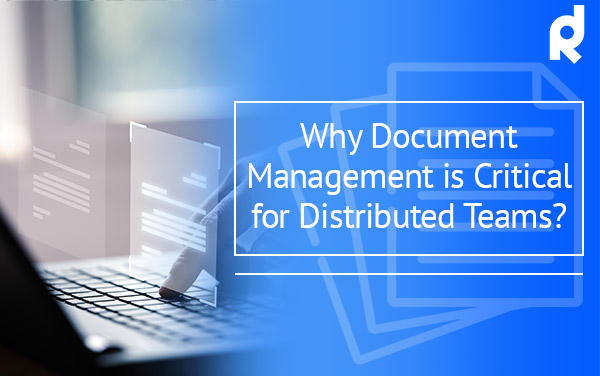There are a lot of moving parts in any business. To keep everything running smoothly, it’s essential to have processes in place for governance, compliance, and risk management. When these areas are managed together, it makes everyone’s job easier and reduces the chances of something going wrong. This blog post will discuss what these terms mean and how they work together to keep your business safe and compliant with the law.
Compliance and Risk Management must be managed along with a company’s governance. Governance is a company’s overall policy, procedures, and overall structure used to achieve the company’s goals and is defined by the board of directors. It provides oversight for compliance and risk management.
This area defines the risk appetite and key objectives of the company. Information from the compliance and risk management sectors must be considered when determining the risk appetite and critical goals. From there, policies and procedures that every employee in the company will be expected to adhere to.
Every event at a company can be classified in two ways: risks and opportunities. Risk management is about looking at events to determine if the risk is higher and more determinantal to a company than the opportunity that event will facilitate. It is a process that helps assess risk and how it impacts company goals.
Risk management helps identify potential areas of non-compliance and helps the company avoid taking on too much risk. During the risk management process, information gathered from audits provides information governance used to define a company’s risk appetite. Risk management provides a structure when deciding which risks to take on and how to mitigate them. The risk management process makes risks quantifiable, allowing them to be tracked easier and determine if those risks are reduced by a company’s governance and compliance policies.
What is Compliance?
Compliance is determined by external and internal laws, regulations, and boundaries imposed on a company’s operations. Some of the limitations imposed on a company come from social pressure to change policy to meet societal demands. Compliance is essential to track and maintain. Allowing compliance to slip through the cracks can lead to hefty fines, increased insurance premiums, and a long-term profit decrease.
Governance will use information from compliance to set policies that meet regulatory and societal standards. Risk management will use data from Compliance to help identify risks. Compliance can only be successful in its function by using audit management processes. Audit management processes help identify issues and create recommendations for fixing those issues.
Governance, risk management, and compliance (GRC) rely heavily on reports and audits to assess a company’s standing in each area. If each site is managed in a silo from the others, this can cause a red-tape nightmare of double a triplicate work. Therefore, it is crucial to collect all three together. Addressing them as a unit allows for real-time GRC reporting. This reduces the number of GRC requirements, integrates technology, decreases data storage needs, decreases regulation, and improves market globalization.
GRC solutions are essential for all companies, mainly publicly traded companies owned or operated in the United States. In 2010, the Dodd-Frank Wall Street Reform and Consumer Protection Act was passed in response to the 2008 financial crisis.
One of the key provisions of this act was the establishment of the Office of Financial Research (OFR). The mission of OFR is “to support the Financial Stability Oversight Council in fulfilling its responsibilities under Dodd-Frank.” To do this, the OFR collects data from all publicly traded companies. This data is used to identify risks and assess compliance with regulations. The OFR also reports its findings to the Financial Stability Oversight Council.
Using Software to help manage risk
Technology is essential for all aspects of business, but it is vital for GRC. Technology can help automate and keep track of processes to ensure they are being followed correctly. It can also help with data collection and analysis.
Proper data collection and analysis are essential for making informed decisions about which risks to take, and how to mitigate them. Environmental, Health, and Safety (EHS) software is becoming more available to help companies better integrate GRC.
There are a few things to keep in mind when looking for the right ERM software. It is essential to make sure the software is customizable and tailored to fit your company’s specific needs. The data collection methods should be integrated with your company’s current systems. Finally, you want to ensure that reporting tools are easy to use. All the data in the world is useless if you cannot analyze it.
When looking for the right ERM solution, it is essential to consider your company’s specific needs. There is no one-size-fits-all solution. Every industry has unique demands and requirements.
The best way to find the right solution is to consult with a GRC expert within your industry who can help you assess your company’s specific needs and objectives. Refined Data is here to help you determine your GRC needs in the real estate industry. Our tool looks at the EHS areas critical to the real estate industry. Our tool offers portfolio management, EHS&S Program, and Site operations management.
Refined data tracks these three areas by providing tools that manage compliance, incidents, insurance, operations, audits and inspections, and sustainability and governance. We also offer document management tools that will help ensure that insurance companies will reinsure properties. Our document management tool integrates with Microsoft SharePoint making it easier to track and manage company documents. And finally, our reporting tools are easy to use, so you can quickly and easily assess your company’s risks.
Contact us today for a free consultation to learn more about how Refined Data can help you with GRC in the real estate industry.




